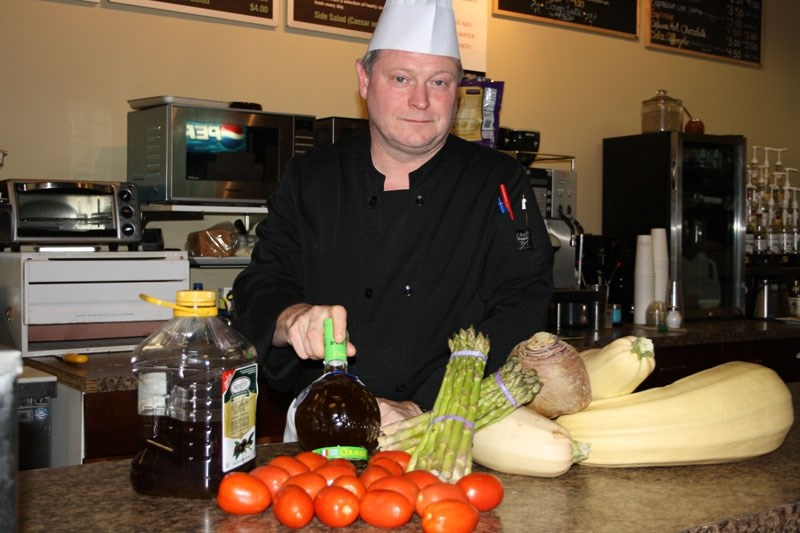We all want to make the tastes of summer last into the fall – how great is it to get a hit of summer-sweet corn on the cob in the midst of winter or a hint of the unbeatable flavour of homegrown garden tomatoes, well past August? There are several ways to preserve those peak-of-harvest tastes – freezing, canning, and drying are all good methods – with freezing probably the least labour-intensive of the bunch.
Corn on the cob is at its peak right now, so capture that flavour by blanching and freezing whole cobs in freezer bags for up to a few months. While cobs can be frozen without blanching, the corn will be much less tasty and sweet this way, according to pickyourown.org. Harvest the corn at peak maturity, the site says, when kernels are tender and full of milky fluid.
Like many gardeners, Derrick Harrison gives away plenty of his bounty to neighbours, family and friends, turning many of his fruit crops into preserves. But he also likes to individually-freeze cherries and raspberries (and his famous forced rhubarb) for use in crumbles and even wine through the cold weather months.
“You have to blanch and freeze green produce – beans and peas – but late season harvest like carrots, potatoes and onions can be kept in cool storage for some time,” said Harrison.
The exploding popularity of sweet potatoes – which gardeners planted like mad this spring – has folk asking ‘When is the best time to harvest these potatoes?’ Local gardening expert Jim Hole said the long-season crop should stay in the ground until just after the first light frost, and then stored in the house.
“Never eat sweet potatoes right after harvest – they’re watery and lack flavour,” Hole said. “Ideally, they should be cured for about a week in the warmest room in your home (up to 30 C) and then they’re good to enjoy.”
Morinville chef Douglas Adsit offers cooking classes on a range of topics at the Green Bean Coffee House & Bistro in the town’s centre. He recently had a full house taking in his tips on how to preserve the fall bounty, where he recommended using heavy plastic containers to freeze blanched vegetables like beans and even tomatoes – which he peels and pops whole into freezer containers for up to about three months – and are always great for sauces, Adsit said.
“Sometimes freezer bags give off an odour, so I prefer the hard containers. But you can also freeze kale as a pesto,” he said. “If you have a lot of garlic, preserve it packed in jars of vegetable oil – the oil is flavoured and great to use afterwards.”
And when neighbours stop by the restaurant with extra tomatoes, zucchini or other squashes, Adsit has been known to turn them into new menu creations: case in point, a bison and cheese-stuffed squash that the chef said turned out very well, indeed.
Of course, you can also do what many homeowners and community gardens in town do: donate extra produce to the local food bank. Things like surplus apples, squashes, potatoes – all keep well and can be a welcome addition to food hampers at this time of year.




